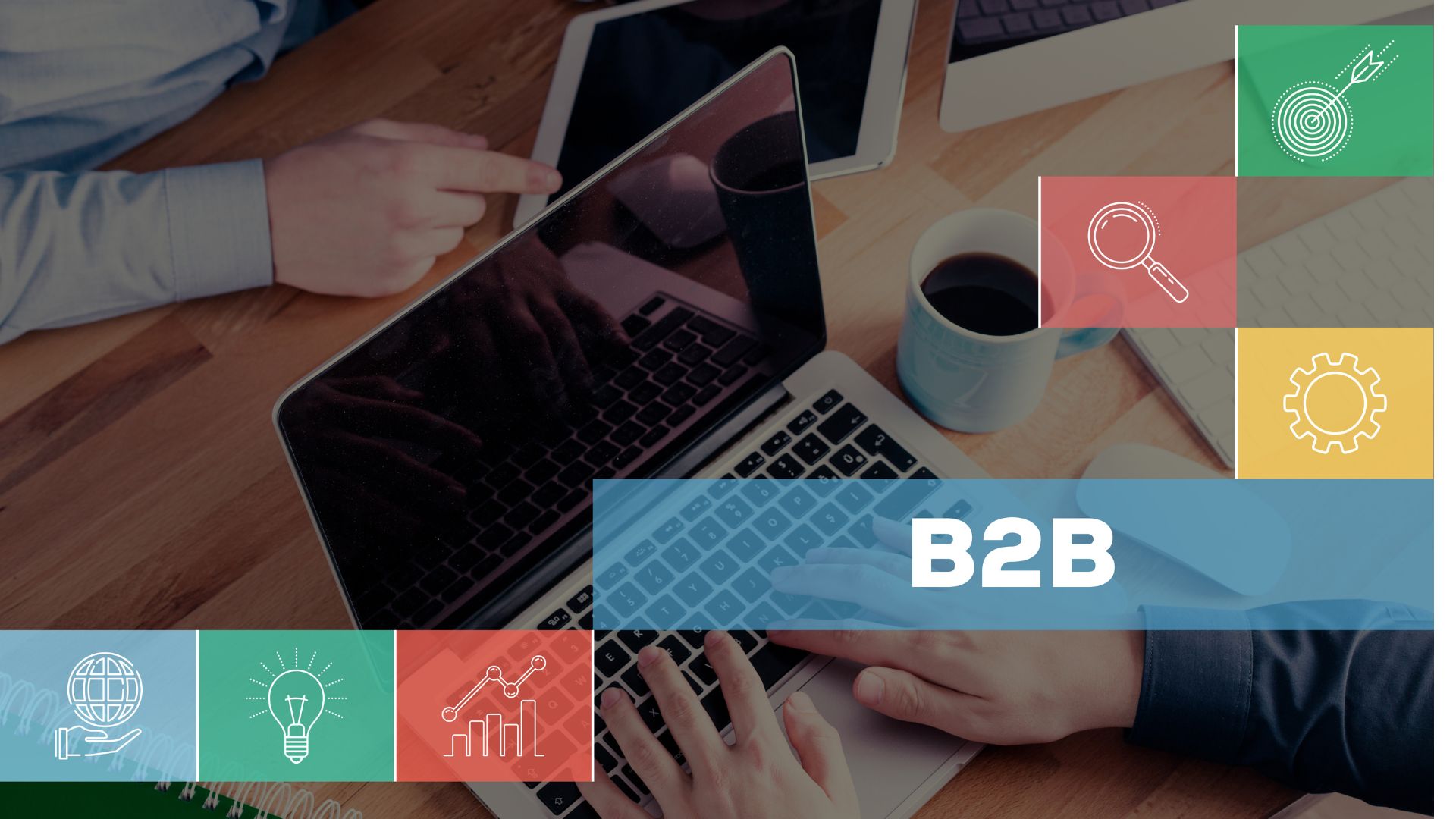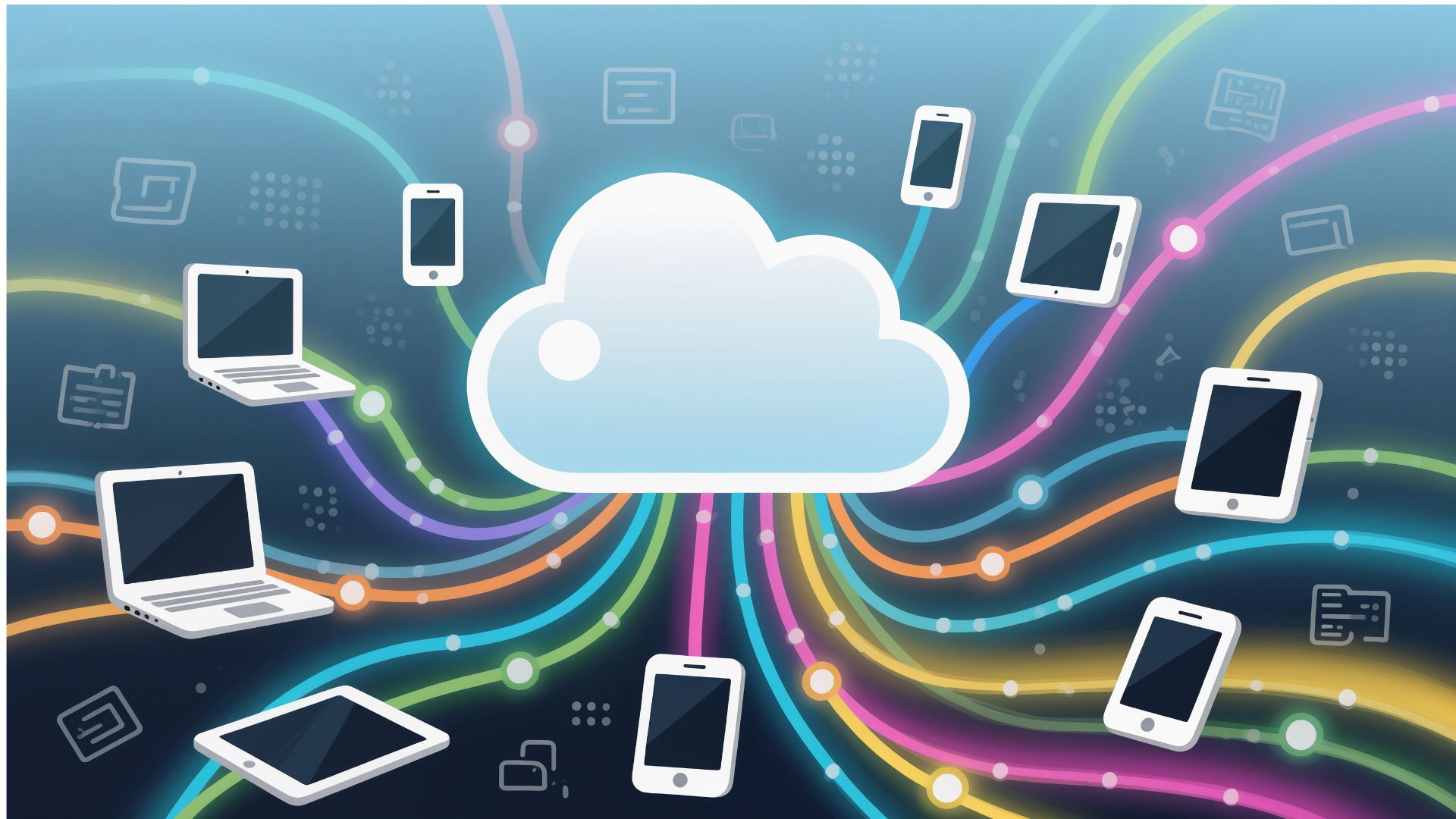The limit of spreadsheets
Excel has been the mainstay for sales data analysis for decades, and rightly so, since it is accessible, flexible, and easy to use. In fact, you can create pivot tables, graphs, formulas, and even apply statistical functions such as linear regression. However, as the number of variables increases and behavior patterns become more complex, Excel eventually falls short.
Companies that work with large volumes of data or variable sales cycles need more robust tools. For example, how do you predict demand if your sales depend on events, weather, social media trends, and historical consumer behavior? Excel can’t process that complexity automatically or in real time.
Chances are, if you’re reading this, you or your team have reached the limit of what a spreadsheet can offer. The good news is that you don’t need to learn Python or hire a team of data scientists to take the next step.
What does it mean to predict sales with artificial intelligence?
Predicting sales with artificial intelligence means using algorithms to analyze past and current data, find hidden patterns, and generate more accurate forecasts of how much you’re going to sell, when, and to whom.
AI does not rely solely on sums, averages, and linear trends. Instead, it learns from multiple sources of information. For example, it can take into account historical data, prices, promotions, weather, location, digital customer behavior, product availability, and much more. Moreover, by integrating all these factors, AI is able to provide deeper insights and more accurate predictions.
The result: a prediction that is more in line with reality. Companies that adopt AI for sales planning can reduce error in their forecasts by up to 50%. It is a radical change in efficiency, especially for industries with high volatility, such as retail, logistics, manufacturing or e-commerce.
For example, Walmart has used AI to optimize its supply chain by anticipating demand spikes weeks in advance. Similarly, Coca-Cola applies predictive models in order to decide how many units to distribute per area, thereby avoiding both stockouts and oversupply.
What if you don’t know how to code?
This is where many stop. “I’m not a technician”, “I don’t know how to program”, “this is for data scientists”. But that is no longer a barrier. Today there are platforms that allow AI models to be trained without writing a single line of code.
This approach, known as no-code AI, allows business analysts, sales teams or managers to harness the power of artificial intelligence directly. You upload your data ( your sales reports for the past few years), choose what you want to predict (next quarter’s sales), and the platform takes care of the rest.
You don’t need to understand complex algorithms, you just need a clear grasp of your business and the data you use. Does your company sell more in certain seasons of the year? Do discounts affect volume? Are certain categories more price sensitive? Those insights, which you already know, are just what AI needs to generate useful predictions.
This type of automation democratizes access to advanced tools that were previously only in the hands of large corporations with in-house technical teams.
The step-by-step process: from your data to prediction
Let’s give a practical example:
Let’s suppose you are a commercial manager at a consumer products company. You have monthly sales data segmented by region, category, and channel (both online and physical) from the last three years. Furthermore, you also have reports on promotions, pricing, and even weather conditions.
Previously, you had to process all this data in Excel, calculate averages, and manually adjust the forecast. However, this took days and was not always accurate. On the other hand, with an AI-based automation solution, this process becomes much more efficient.
Step 1: You prepare the data. You don’t need to clean them on a technical level, but you do need to make sure they’re understandable. For example, fields should have clear names: “ventas_mes”, “precio_promoción”, “channel”, etc.
Step 2: You upload the file. You can use CSV files, Excel files, or connect to your ERP or CRM system.
Step 3: You define your goal. You want to predict next month’s sales by category.
Step 4: The model learns. AI analyzes data, looks for correlations, and trains a predictive model. This process is automatic.
Step 5: You get the prediction. The tool returns a table with the projections. It can also show you which variables influence the prediction the most.
In a matter of minutes, you have a more accurate forecast, based on multiple variables and patterns that were invisible to the naked eye.
How to Improve Your Business Operation
The true value of automating your sales projections with AI isn’t just in the most accurate numbers. It’s in what you can do with them.
1. Inventory optimization.
A more accurate prediction allows you to reduce unnecessary stock, avoid shortages and plan purchases better. This translates into savings and a better customer experience.
2. Personnel planning.
If you know when there will be more demand, you can allocate human resources efficiently. For example, strengthening the sales team on key dates or adjusting logistics shifts.
3. More effective marketing campaigns.
You can anticipate customer needs. Do sales of a certain product go up before winter? Prepare your campaign weeks in advance.
4. Executive reporting with more confidence.
You no longer depend on “feeling” or assumptions. You present scenarios based on solid data, which improves decision-making at management levels.
Companies like Amazon and Zara base their operational decisions on automated predictive models. But you can too, even if you don’t have a dedicated technical team. The key is to use the right technology and align the process with your business goals.
Common myths that slow down adoption
There are many misconceptions that prevent medium or small companies from making the leap to AI prediction automation. Here we demolish some of them:
“I need to have millions of data”
No need. You can start with the data you already have: your monthly reports, sales history, promotions, and seasonality. With consistent data, even if it is not massive, good models can be built.
“It’s very expensive”
Nowadays there are flexible, scalable solutions adapted to companies of all sizes. In addition, the benefits far outweigh the initial cost. Fewer stockouts, less waste and more sales = more profitability.
“I’m going to lose control”
On the contrary. Automating does not mean stopping deciding. It means having better information to decide. You’re still in charge, but now with a smart co-pilot.
“This is for large companies”
Artificial intelligence is no longer a corporate luxury. It is an accessible strategic tool. In fact, many startups are using it to scale faster than their traditional competitors.
Automated Actual Projection or Uncertainty
Sales projections are one of the most critical processes in any business. And, at the same time, one of the most affected by uncertainty. In an increasingly volatile and competitive environment, you can’t continue to rely solely on manual spreadsheets.
Making the leap to artificial intelligence allows you to gain in precision, speed and reaction capacity. But most importantly: it frees up your time. Time to think strategically, to innovate, to grow.
And you can do it without knowing how to code. You just need to be clear about your data and your goals. Automation takes care of the rest.
As Satya Nadella, CEO of Microsoft, said: “Artificial intelligence will not replace people, but it will replace those who do not use it.”




